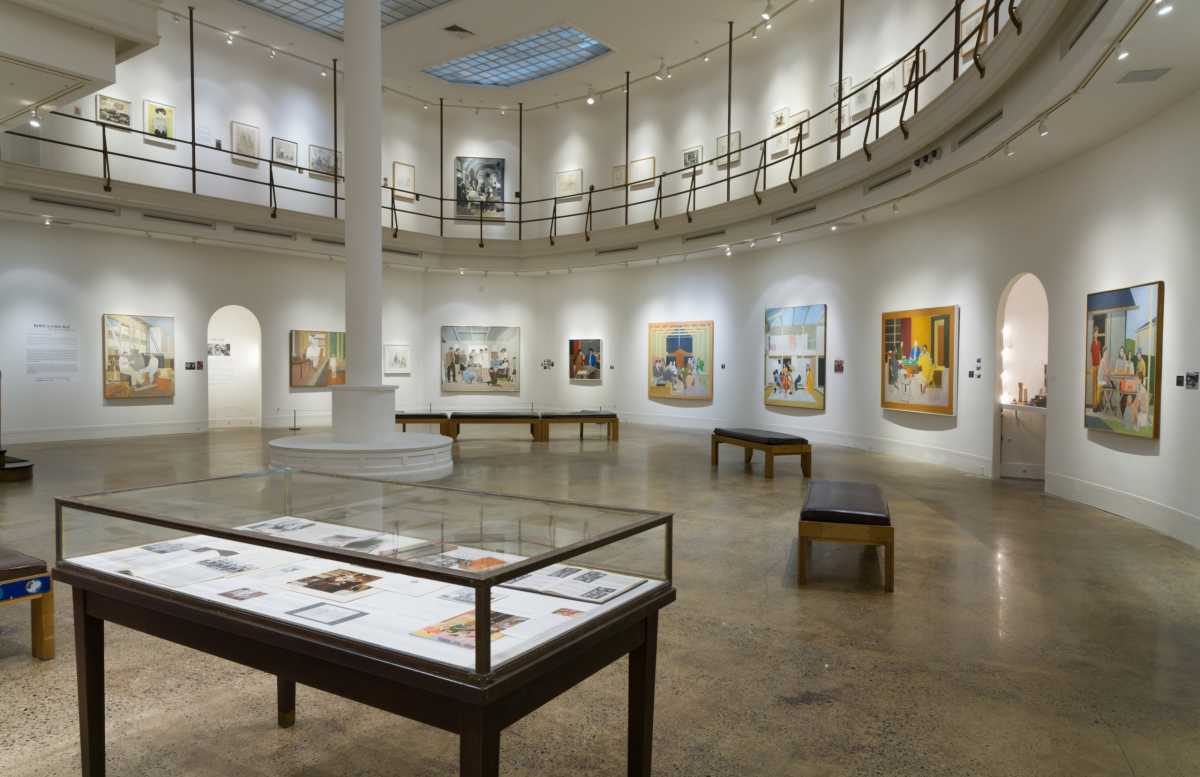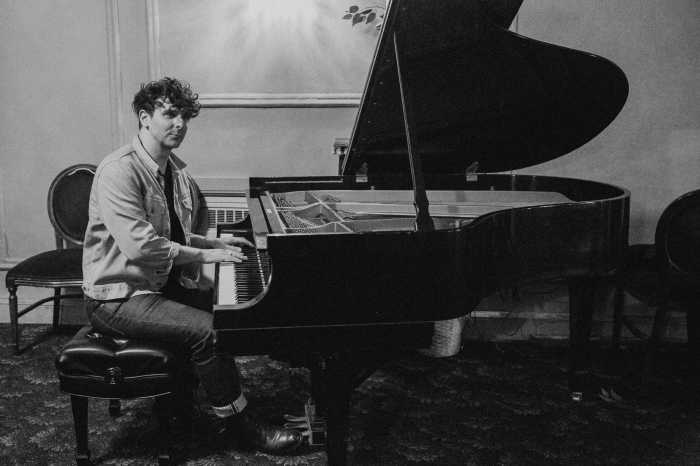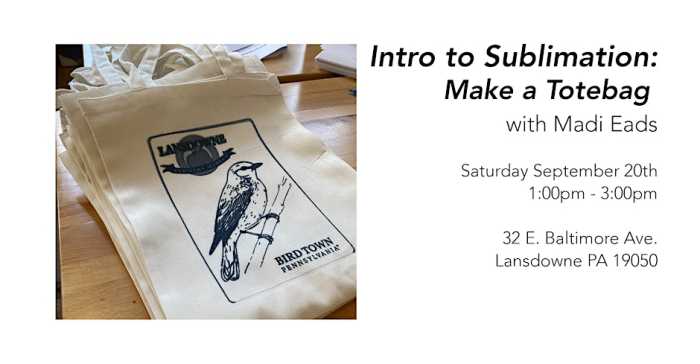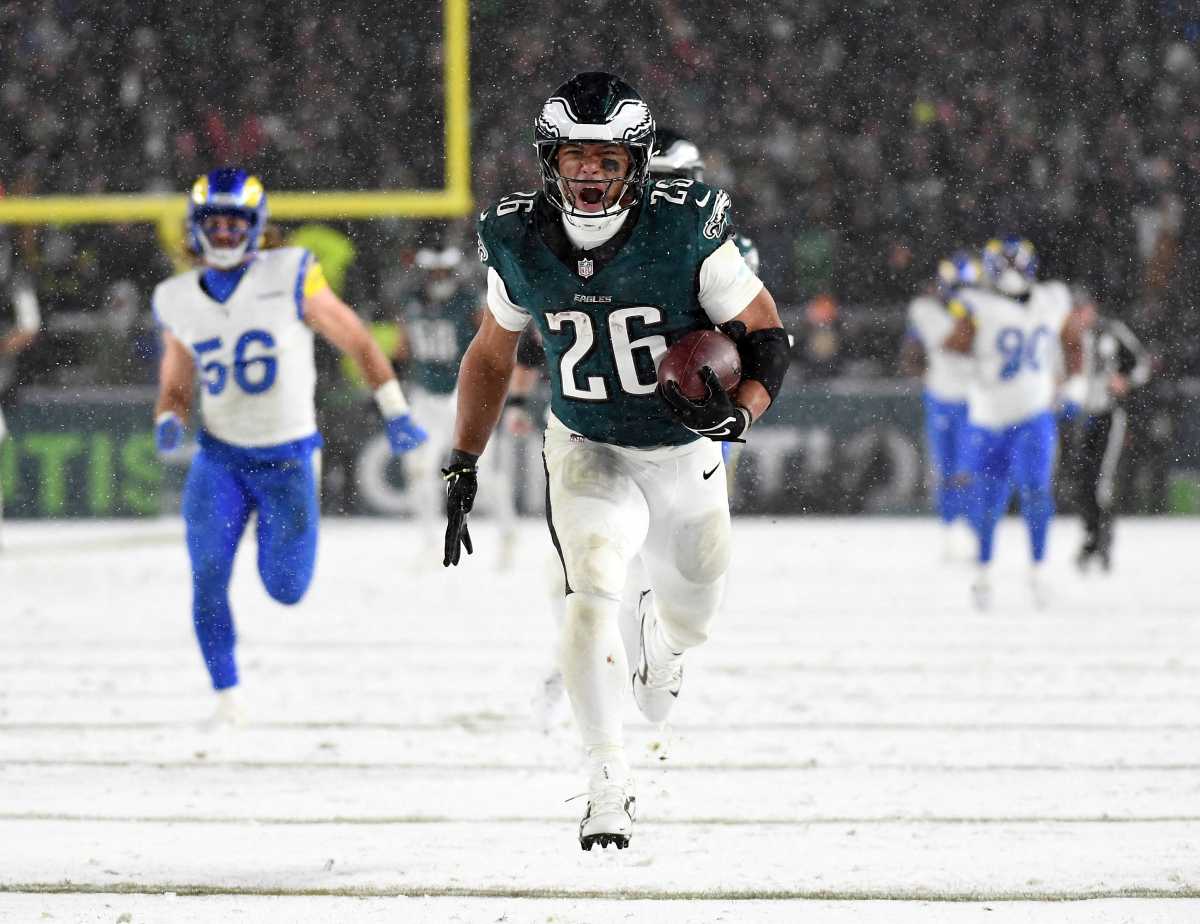Paintings tell many stories. For artist Larry Day, they told stories of his hometown, Philadelphia, and the way he saw the world and his experiences throughout the city.
To showcase what Day saw through his own eyes and what he put out there for the world to see, three local institutions have joined together to display Day’s work in his centennial year. The Woodmere Museum in Chestnut Hill, along with Arcadia University and the University of the Arts, will showcase Day’s significant contributions to American art from the 1950s through the 1990s and include nearly 150 paintings, drawings and prints.
According to a release, the exhibition is curated by Day’s longtime friend, David Bindman, emeritus professor of history of art at University College London and visiting fellow at the Hutchins Center for African and African American Studies at Harvard University. The exhibition’s three-part structure highlights the distinct elements in Day’s career, organized around his most prominent thematic categories: abstraction, figuration and the cityscape. Together, they work in concert to reinforce the artist’s significance and lasting relevance while exploring Day’s shift from abstraction to representation.

Day’s significance during his primetime led him to being called “the Dean of Philadelphia Painters,” and he was also an instructor at the Philadelphia College of Art (now University of the Arts) and across the city’s many other art schools. But in his early days, he attended Temple University’s Tyler School of Art following his service in World War II’s Pacific theater. He graduated in 1950 with a Bachelor of Fine Arts and Bachelor of Science in Education degrees and a gold medal for his scholarship and achievement in art.
“Day’s importance in re-imagining the figurative arts is equaled by his impact as a teacher and mentor. That this show takes place at a museum and two schools is a fitting honor on the centennial anniversary of his birth. Woodmere has made a significant commitment to stewarding Day’s legacy into the future, and ‘Body Language’ has opened our eyes to the relevance of his work and to his constant visual curiosity and questioning, which is so important to artists today,” said William Valerio, the Patricia Van Burgh Allison Director and CEO of Woodmere Art Museum, in a statement.
‘Body Language: The Art of Larry Day’ carefully examines the evolution of Day’s artistic voice, from his fascination with the work of old masters and his expert skills as a draftsman, to his deep and abiding interest in music, literature, popular culture, and esoteric philosophical texts—the release states. Subversive and running counter to then mainstream ideas in American art, Day moved away from abstraction in the early 1960s, opting instead to explore parallel fascinations with figurative and architectural subjects, probing the emotions of everyday life. In his own unique way, he participated in a component of American art that, like the emerging Pop and Hyperrealism movements of his times, sought to direct the arts to the subjects and textures of lived experience.

‘Body Language’ will be on display until early next year (Jan. 23, 2022) and in addition to showcasing some of his work, the installation at Woodmere also includes a gallery that showcases the interplay between Day’s abstraction and the later figurative works and concurrent cityscapes, serving as an introduction to the three-part exhibition.
To find out more ‘Body Language: The Art of Larry Day’ at the Woodmere Museum (9201 Germantown Ave.,) visit woodmereartmuseum.org



























